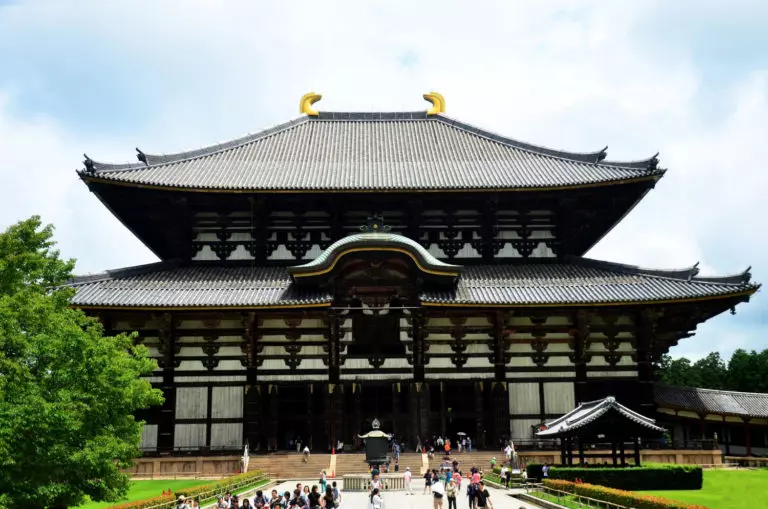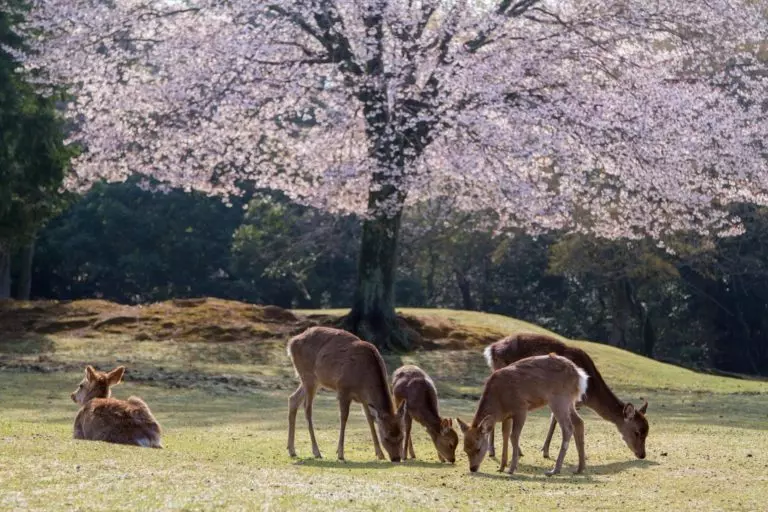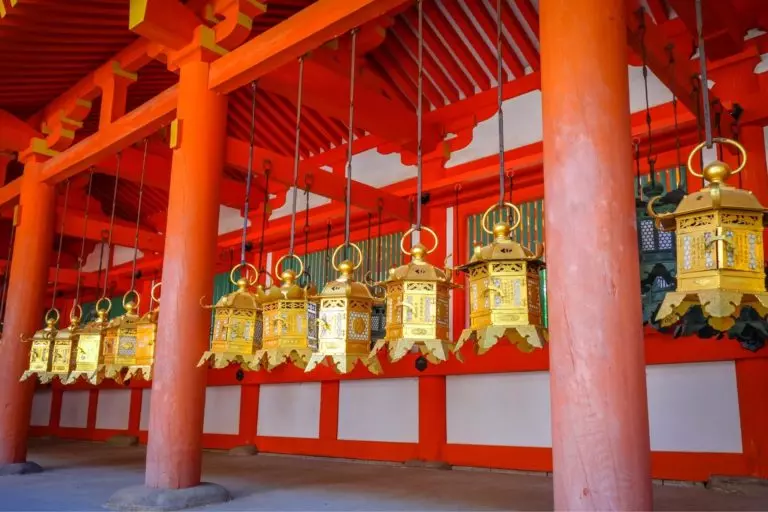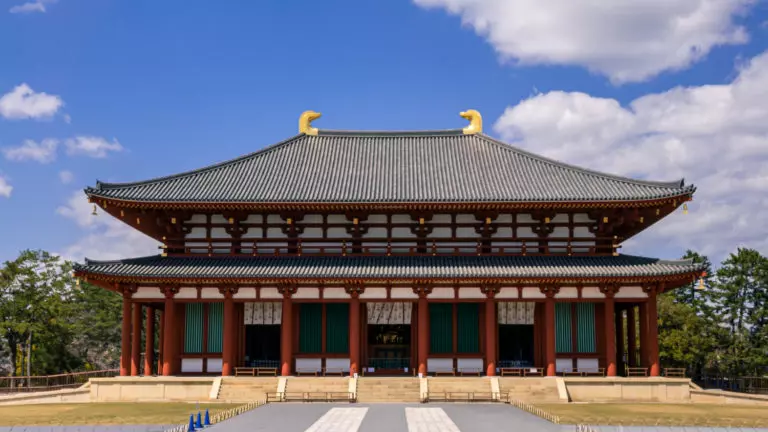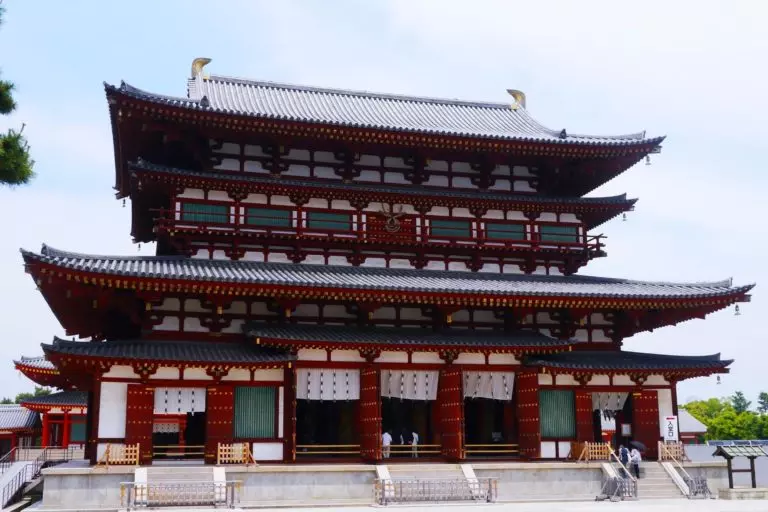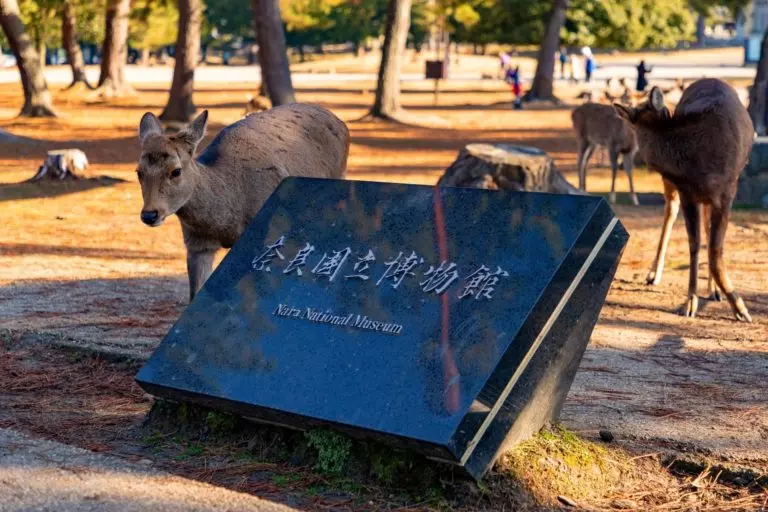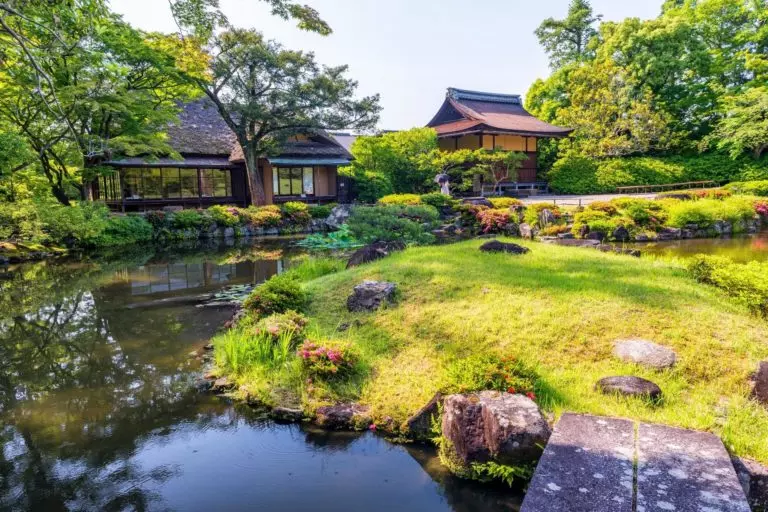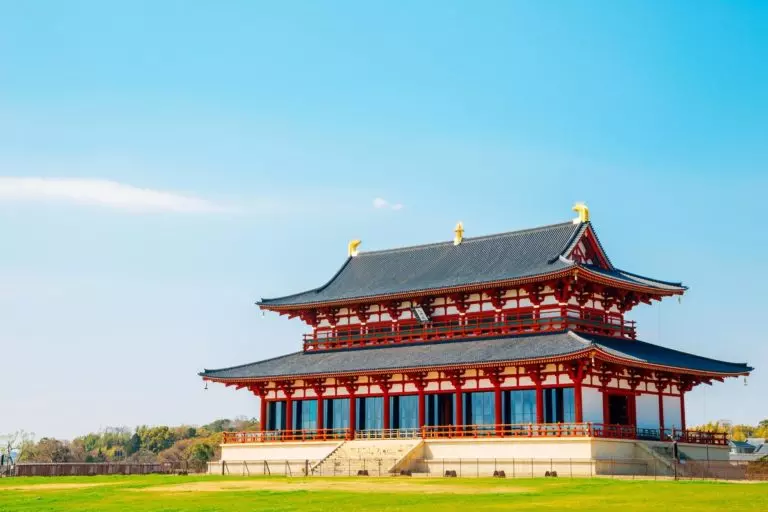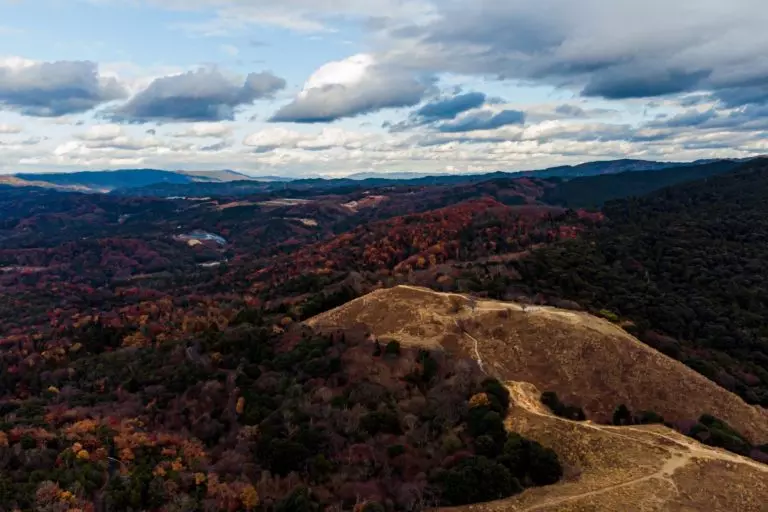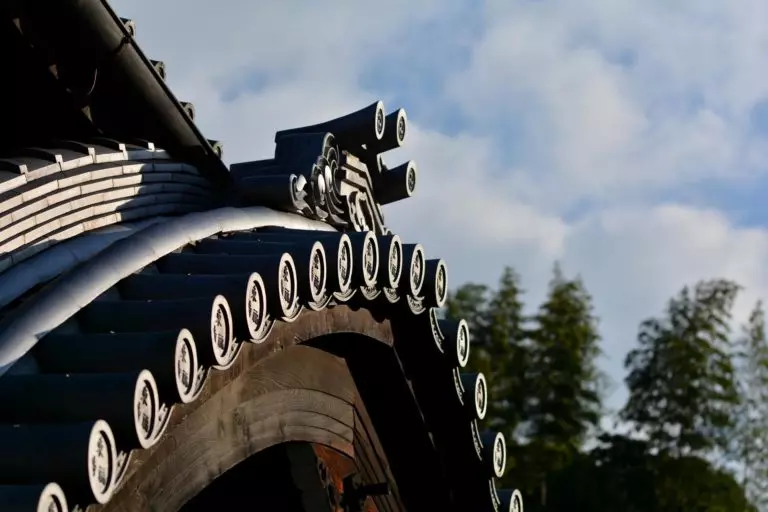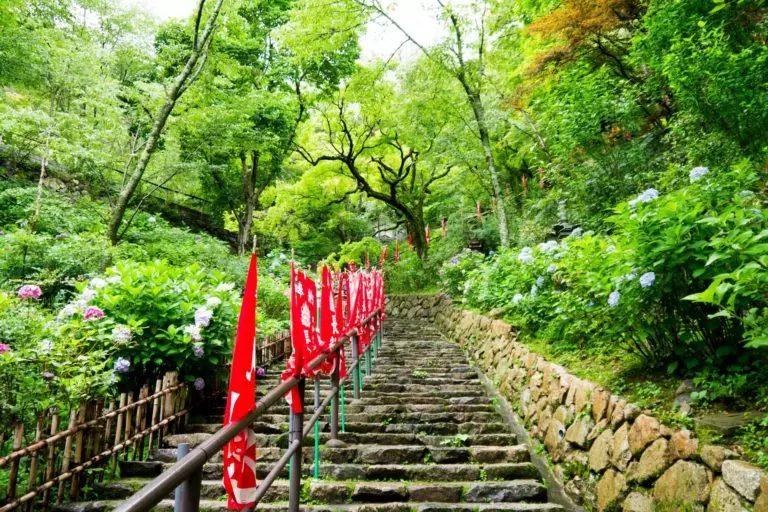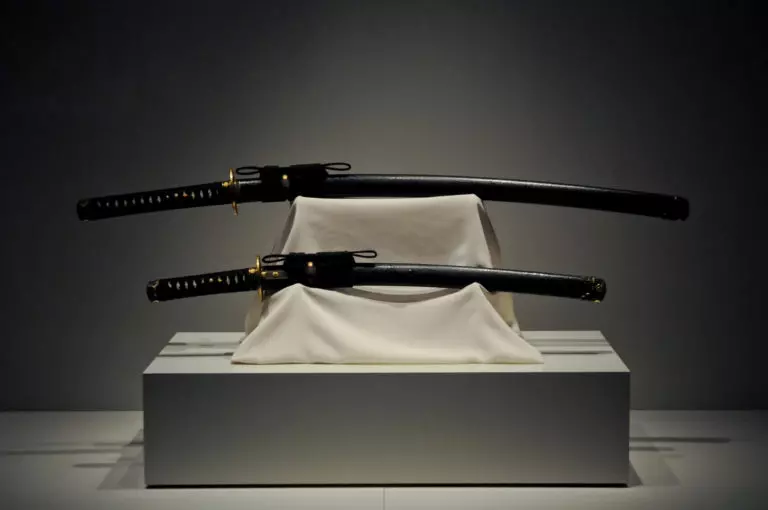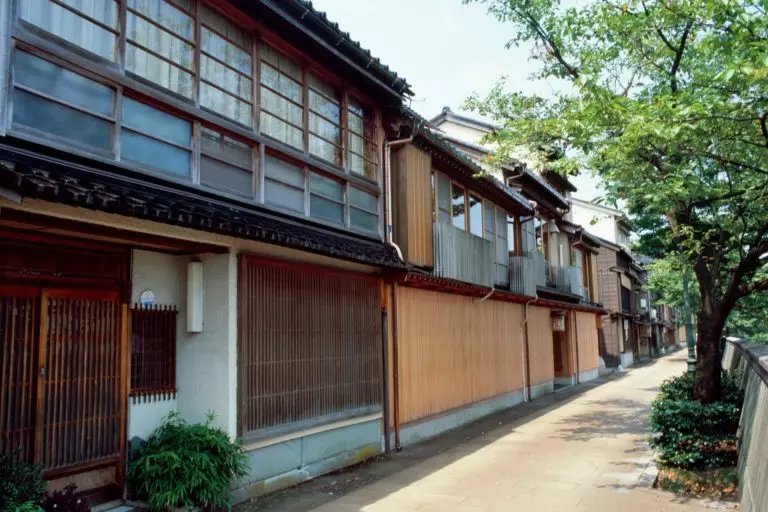info@getjrpassكوم
+46 839 91 32 الإثنين - الجمعة 11:00 حتي 15:00 GMT + 1
وكيل سفر معتمد
- الصفحة الرئيسية
- Japan Rail Passما هو Japan Rail Pass?
• Japan Rail Pass عبارة عن ممر قطار يسمح لك بالتحرك بحرية في قطارات شينكانسن عالية السرعة والقطارات العادية والحافلات وبعض القوارب ومترو الأنفاق على خطوط جي آر في جميع أنحاء اليابان.
Getjrpass شريك رسمي وبائع. سنقوم بشحن طلبك خلال يوم عمل واحد مع UPS Express.
- دليل السفرأدلة السفر ونصائح
استكشف اليابان مثل مواطن محلي من خلال دليل السفر الذي يجب قراءته. مليء بالنصائح والتوصيات الداخلية ، يغطي كل شيء من النقل والإقامة إلى المأكولات والعادات المحلية. مع الصور المذهلة والكتابة الجذابة ، فهو الرفيق المثالي لرحلتك إلى اليابان. لا تفوت الفرصة!
- طيران
- المنتدى
- مفيدJapan Rail Pass
-
خصوماتخصومات
-
مؤهل للحصول على JR Passمؤهل للحصول على JR Pass
-
ما هو Green passما هو Green pass
-
معلومات مفيدةمعلومات مفيدة
-
كيفية طلب JR Passكيفية طلب JR Pass
-
قائمة التحقق قبل اليابانقائمة التحقق قبل اليابان
معلومات تمرير JR-
الطلب standard ممر JRالطلب standard ممر JR
-
الطلب green ممر JRالطلب green ممر JR
-
طلب المرور الإقليميطلب المرور الإقليمي
-
قارن أنواع المرورقارن أنواع المرور
-
الإنترنت في اليابانالإنترنت في اليابان
-
تذكرة نوزومي وميزوهوتذكرة نوزومي وميزوهو
روابط مفيدة-
المدونةالمدونة
-
الأسئلة المتكررةالأسئلة المتكررة
-
أدوات مفيدةأدوات مفيدة
-
أنواع القطاراتأنواع القطارات
-
مسارات السفرمسارات السفر
-
خرائط القطارات والمتروخرائط القطارات والمترو
-
- من نحنروابط مفيدة
-
من نحنمن نحن
-
تواصل معناتواصل معنا
-
سياسة الخصوصيةسياسة الخصوصية
-
الإرجاع والاستردادالإرجاع والاسترداد
-
الجيد أن نعرفالجيد أن نعرف
-
سفراء العلامة التجاريةسفراء العلامة التجارية
-
- احصل على مساعدةمن نحن
تعرف على شركتنا والأشخاص الذين يقفون وراءها من خلال زيارة صفحة "نبذة عنا". تعرف على الفريق!
الحصول على مزيد من المساعدة-
العودة والمبالغ المستردةالعودة والمبالغ المستردة
-
سياسة الخصوصيةسياسة الخصوصية
-
مواطن يابانيمواطن ياباني
-
المستخدمون المؤهلونالمستخدمون المؤهلون
-
- الصفحة الرئيسية
- Japan Rail Passما هو Japan Rail Pass?
• Japan Rail Pass عبارة عن ممر قطار يسمح لك بالتحرك بحرية في قطارات شينكانسن عالية السرعة والقطارات العادية والحافلات وبعض القوارب ومترو الأنفاق على خطوط جي آر في جميع أنحاء اليابان.
Getjrpass شريك رسمي وبائع. سنقوم بشحن طلبك خلال يوم عمل واحد مع UPS Express.
- دليل السفرأدلة السفر ونصائح
استكشف اليابان مثل مواطن محلي من خلال دليل السفر الذي يجب قراءته. مليء بالنصائح والتوصيات الداخلية ، يغطي كل شيء من النقل والإقامة إلى المأكولات والعادات المحلية. مع الصور المذهلة والكتابة الجذابة ، فهو الرفيق المثالي لرحلتك إلى اليابان. لا تفوت الفرصة!
- طيران
- المنتدى
- مفيدJapan Rail Pass
-
خصوماتخصومات
-
مؤهل للحصول على JR Passمؤهل للحصول على JR Pass
-
ما هو Green passما هو Green pass
-
معلومات مفيدةمعلومات مفيدة
-
كيفية طلب JR Passكيفية طلب JR Pass
-
قائمة التحقق قبل اليابانقائمة التحقق قبل اليابان
معلومات تمرير JR-
الطلب standard ممر JRالطلب standard ممر JR
-
الطلب green ممر JRالطلب green ممر JR
-
طلب المرور الإقليميطلب المرور الإقليمي
-
قارن أنواع المرورقارن أنواع المرور
-
الإنترنت في اليابانالإنترنت في اليابان
-
تذكرة نوزومي وميزوهوتذكرة نوزومي وميزوهو
روابط مفيدة-
المدونةالمدونة
-
الأسئلة المتكررةالأسئلة المتكررة
-
أدوات مفيدةأدوات مفيدة
-
أنواع القطاراتأنواع القطارات
-
مسارات السفرمسارات السفر
-
خرائط القطارات والمتروخرائط القطارات والمترو
-
- من نحنروابط مفيدة
-
من نحنمن نحن
-
تواصل معناتواصل معنا
-
سياسة الخصوصيةسياسة الخصوصية
-
الإرجاع والاستردادالإرجاع والاسترداد
-
الجيد أن نعرفالجيد أن نعرف
-
سفراء العلامة التجاريةسفراء العلامة التجارية
-
- احصل على مساعدةمن نحن
تعرف على شركتنا والأشخاص الذين يقفون وراءها من خلال زيارة صفحة "نبذة عنا". تعرف على الفريق!
الحصول على مزيد من المساعدة-
العودة والمبالغ المستردةالعودة والمبالغ المستردة
-
سياسة الخصوصيةسياسة الخصوصية
-
مواطن يابانيمواطن ياباني
-
المستخدمون المؤهلونالمستخدمون المؤهلون
-






















